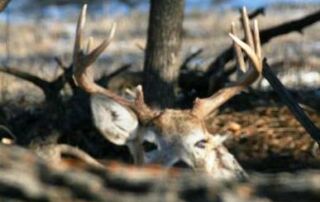How Velvet Deer Antlers Grow
July: Zoom Month for Antler Growth Velvet antler is the fastest-growing tissue in the mammal world. In mid-summer, each beam and tine may grow a quarter-inch per day, the process driven by a buck’s hormones, photoperiod and the availability of good forage. According to Missouri whitetail scientist Dr. Grant Woods, a buck’s rack will have developed most of its points by mid-June, and most of the beam length will fill in by late June into early July. “Those are general rules, but the growth of individual racks can vary,” he says. “Some bucks will show a lot of antler growth early, while others will add a bunch to their rack during July.” July is the zoom month. Right now, fast-growing [...]





